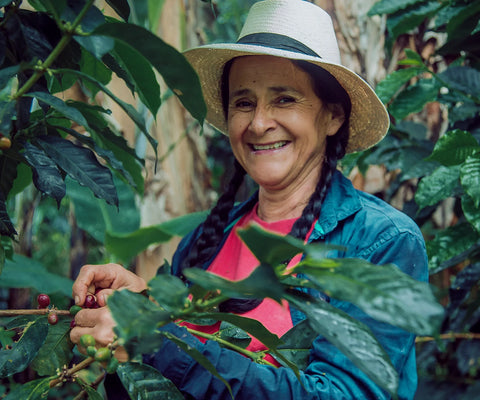
Varieties of coffee
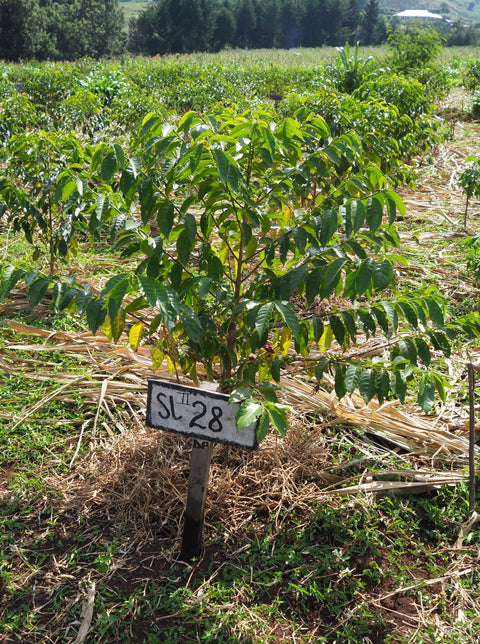
SL28
SL 28 is a coffee variety from Kenya that was created in 1930 by Scott Laboratories (derivative of "SL"). The botanists of this institute conducted a series of experiments with different mutations of the French blend, Mocha and Yemeni Typica. Their goal was to find a high-quality and disease-resistant variety. One of the results is SL 28, although only to a small extent. This variety has a copper-colored leaf and produces beans the size of beans. The flavor profile is blackcurrant, typical of the best Kenyan coffees (this variety is specific in that it absorbs phosphorus from the soil, converts it into phosphoric acid in the coffee seed, and thus creates a unique flavor). This means that in the final cup you will feel an intense fruity, sweet and balanced taste.
Congo, WCR, 2018
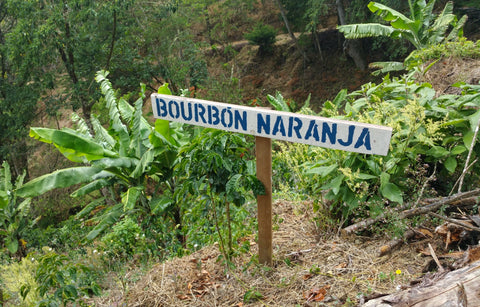
Bourbon
Along with the traditional Typica variety, Bourbon is the most widely grown subspecies of C. arabica in the world. The name originally comes from the island of Réunion, which was once called Île Bourbon. Expert Peter Giuliano believes that the original African and Yemeni varieties were originally grown on the island. Whether Bourbon is the result of spontaneous crossing of these two varieties or simply a mutation of one variety remains a question.
Currently, only remnants of the original variety, known as Bourbon Point, remain on the island. Harvests from a few private fields are sold exclusively at auctions in Japan.
Costa Rica, Finca La Lia, 2015

Bourbon was successfully adapted in Brazil in the 1860s, from where it reached the plantations of other growing countries in Latin America. The coffee plant of this variety is pyramidal in shape, usually 2 m tall, resistant to severe drought, producing pointed berries, in which the grains are more like rice. It is also characterized by small leaves and thin side branches. Interestingly, the original Bourbon Point variety is exceptional for its low caffeine content of 0.4-0.8% (for comparison: Robusta 3-3.5%, Arabica Typica 1.2-1.9%) and a very delicate taste with a delicious weak acidity, low bitterness, full body and a charming fruity aftertaste of oranges, tangerines and sometimes even litchi.
Ripe Bourbon cherries are yellow, red, or, in the case of the Hawaiian mutation, orange. Bourbon is popular for its complex and clean acidity, which is complemented by strong sweet notes of caramel and chocolate.
Guatemala, Finca La Bolsa, 2016
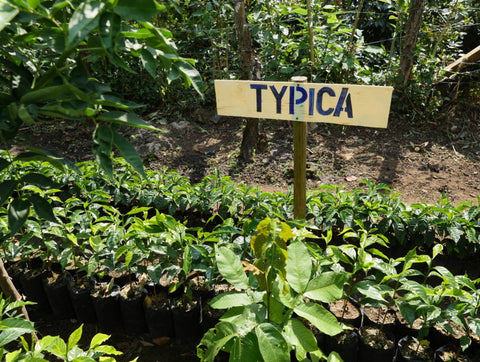
Typica
Arabica typica is the original variety that was discovered in the Kaffa rainforest in Ethiopia centuries ago. Typica was the first variety to be introduced to the New World, brought there by a French naval officer in the 1700s. In 1720, he sent thousands of seedlings to the French colony of Martinique. Typica has many mutations, sub-types include Hawaii Kona, Jamaican Blue Mountain, Java typica, Guatemala typica and Jember among others. For example, the Kent mutation is grown in India. Typica is grown in small quantities, has excellent quality with a sweet and distinctly acidic aftertaste.
Guatemala, Finca La Bolsa, 2016
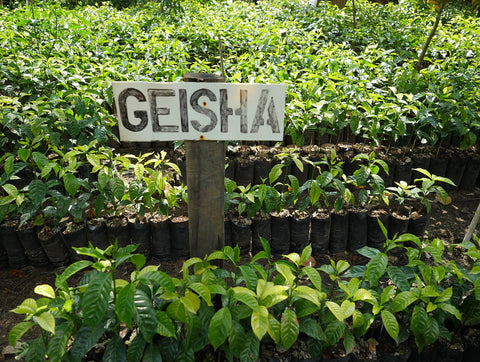
Geisha
Probably the most famous and most sought-after botanical variety of coffee today. Geisha (correctly Gesha) was discovered in the forests of the Abyssinia region in southwestern Ethiopia in 1931. However, its magnificent flavor character was revealed only at the end of the 20th century. Daniel Peterson from the Panamanian farm Hacienda La Esmeralda, to which the variety came in a rather mysterious way. Geisha was brought to Panama a few years earlier by the famous farmer Don Pachi from Costa Rica, but it was the Peterson family that was able to get the most out of it in terms of quality and financial terms.
The approximate historical development of this variety can be summarized as follows: Ethiopia (1931), Kenya (1931-32), Tanzania (1936), Costa Rica (Don Pachi 1953-1963), Panama (1990).
Guatemala, Finca La Bolsa, 2016
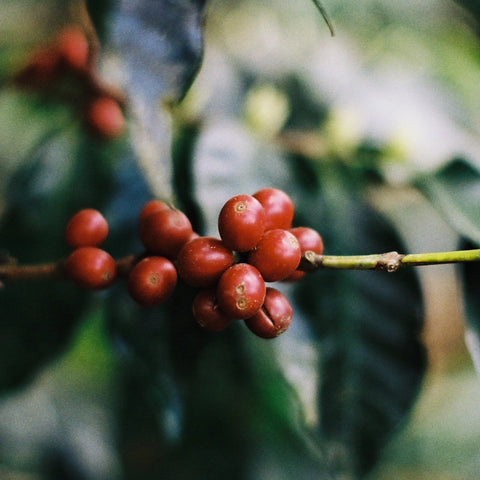
For the past few years, the annual auction of coffees from the Hacienda La Esmeralda farm has been a highly watched event. In 2007, the auction set a record of $130/lb for green coffee. Esmeralda Especial has won all sorts of competitions such as Best of Panama (2009, 2007, 2006, 2005, 2004), Coffee of the Year, Rainforest Alliance Cupping for Quality, etc.
Geisha bushes grow so tall that a ladder is sometimes needed to harvest their fruit. To achieve the desired flavor profile (high sweetness in the cup, notes of forest fruit, tangerine, papaya with a hint of bergamot), Geisha must be grown at very high altitudes.
After its huge financial success on international markets, the so-called “geisha boom” swept through Latin America. With the prospect of high profits, most farmers began to focus on growing this particular variety, even if the conditions on their farms were not entirely ideal. In the coming years, we can expect a large influx of Geisha coffees of various qualities.
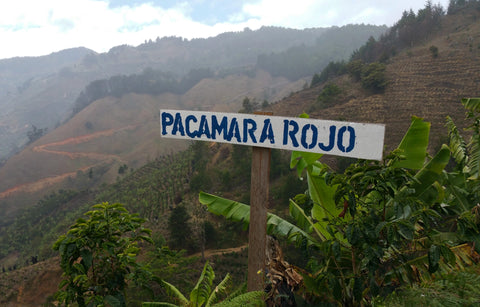
Pacamara
In 1958, the El Salvador Coffee Institute (ISIC) developed a new type of hybrid with the characteristic name Pacamara. The first component is the Pacas variety – a high-yielding hybrid of the “San Ramón Bourbon” that was bred in 1956 by two prominent scientists in El Salvador (Don Alberto Pacas and Don Francisco De Sola). The second part was the Maragogype variety, renowned for its large beans, strong acidity and delicate flavor profile.
Pamacara has a very specific taste that has its supporters and opponents. The higher the Pacamara is grown, the better the coffee beans. The taste is characterized by a strong floral aroma, spicy notes and medium body.
Costa Rica, Finca La Lia, 2015

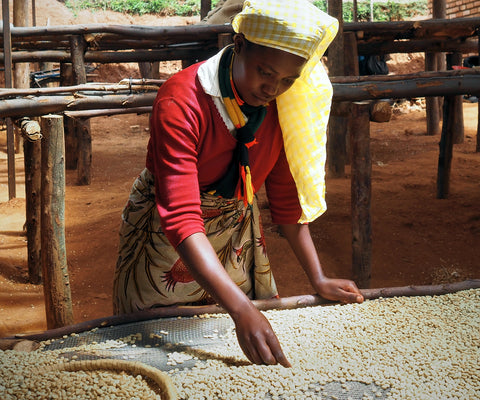
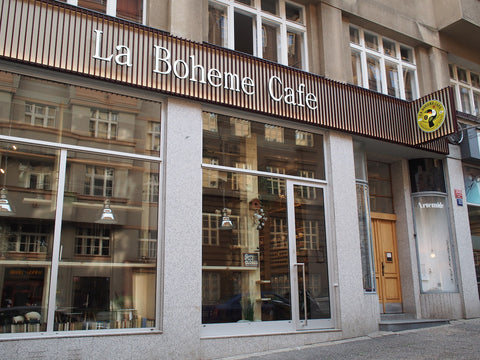
Comments (0)
There are no comments for this article. Be the first one to leave a message!